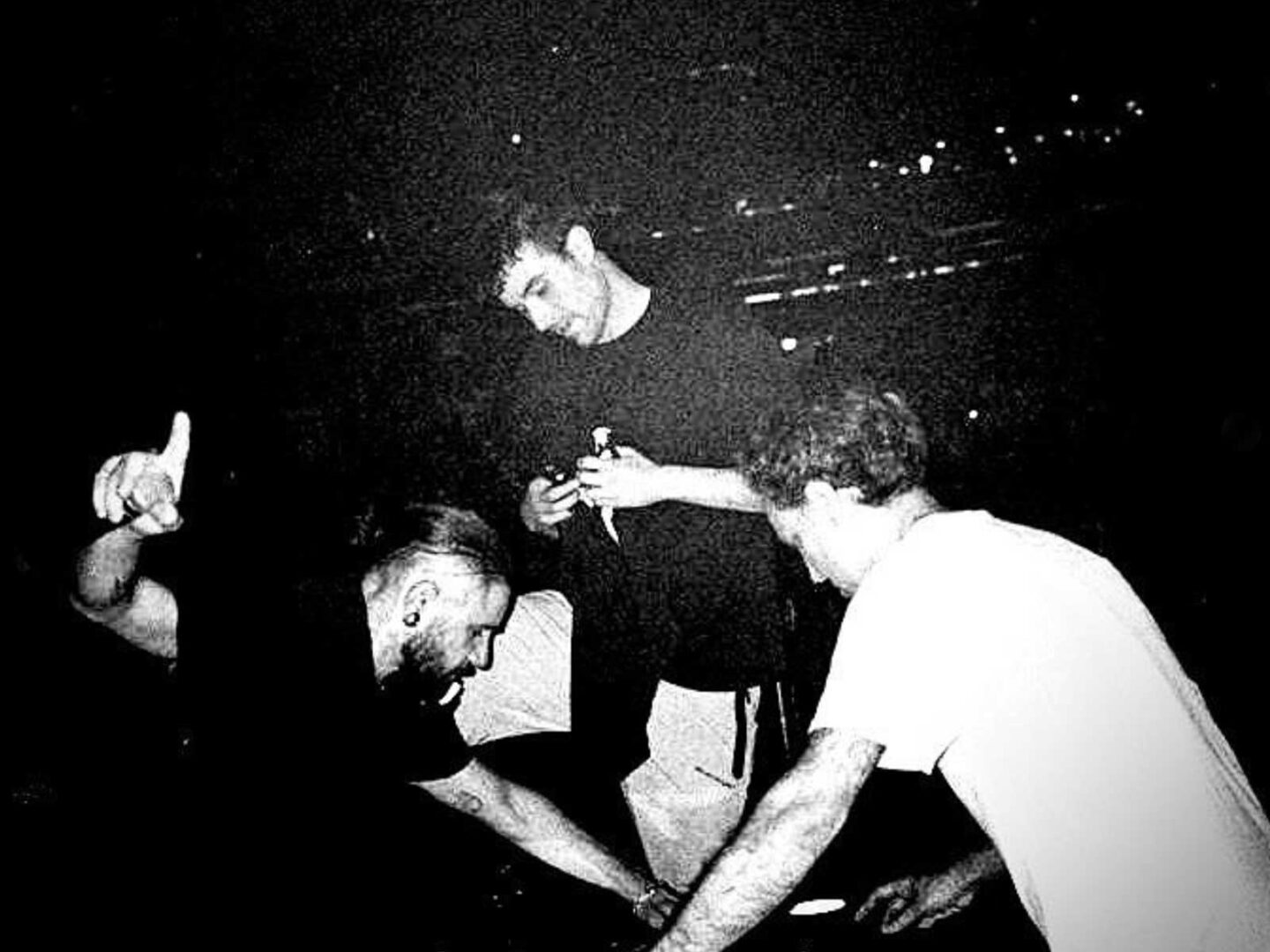Brostep has become an almost pejorative term within music culture, with its screeching basslines and exaggerated drops being the butt of memes and jokes since its heyday in the 2010s. Yet despite the criticism and derision, the likes of Skrillex have not only survived, but thrived: the iconic producer won a Grammy last year, while echoes of brostep have re-emerged in the sets of the most influential DJs. We look back at the sound’s most epic moments.
Before it became a meme, dubstep (or as some purists prefer to call it, ‘real’ dubstep) emerged in the UK as a sound deeply rooted in dub, reggae and garage. The style was born almost accidentally when Benny Ill, a techno producer, tried to make garage but ended up creating something completely new due to his obsession with reggae and misplaced beats. Thus, dubstep was built on deep bass and dislocated rhythms, designed to resonate on big sound systems.
With the transition of music consumption from clubs to rooms with underpowered speakers, producers began to increase bass intensity to satisfy the appetite of a new generation. This is where brostep found its niche: a rougher sound, designed to explode out of small speakers and enclosed spaces.
In 2010, Rusko released his album O.M.G!, a turning point that defined the sound that would later be called brostep. In an interview with the BBC, Rusko admitted his role in creating the genre with some regret: ‘It’s like someone shouting in your face for an hour, nobody wants that’. Despite the criticism, brostep exploded globally, catching the attention of a young Skrillex.
Skrillex’s Scary Monsters and Nice Sprites EP (2010) ushered in a new era. With bass riffs that more closely resembled metal guitars than the subsonic frequencies of the original dubstep, brostep cemented itself as a global phenomenon. As Skrillex rose to stardom, he also earned the label of the ‘most hated man in dubstep’, polarising the music scene.
A decade later, Skrillex reappeared in 2023 with the albums Quest for Fire and Don’t Get Too Close, striking a balance between brostep intensity and a more refined aesthetic. His single ‘Rumble’, in collaboration with Fred again… and Flowdan, reintroduced brostep to DJ sets around the world, ushering in a new wave of sonic experimentation. The song earned Skrillex his second Grammy, racking up more than 140 million plays on Spotify.
Brostep, born out of experimentation in the dark corners of sound systems, has had a journey that has been as disruptive as it has been polarising. What began as a visceral exploration ended up exploding onto the global scene, unleashing a cycle of equal parts criticism and devotion. To understand his evolution and legacy, it is essential to return to those tracks that defined his sound and catapulted him into the cultural phenomenon he is today. So, while some purists continue to resist, brostep continues to reinvent itself, proving that in music, as in life, everything comes back.
HIGHXTAR. brings you the names you can’t miss in your summer playlist.
Sigue toda la información de HIGHXTAR desde Facebook, Twitter o Instagram
